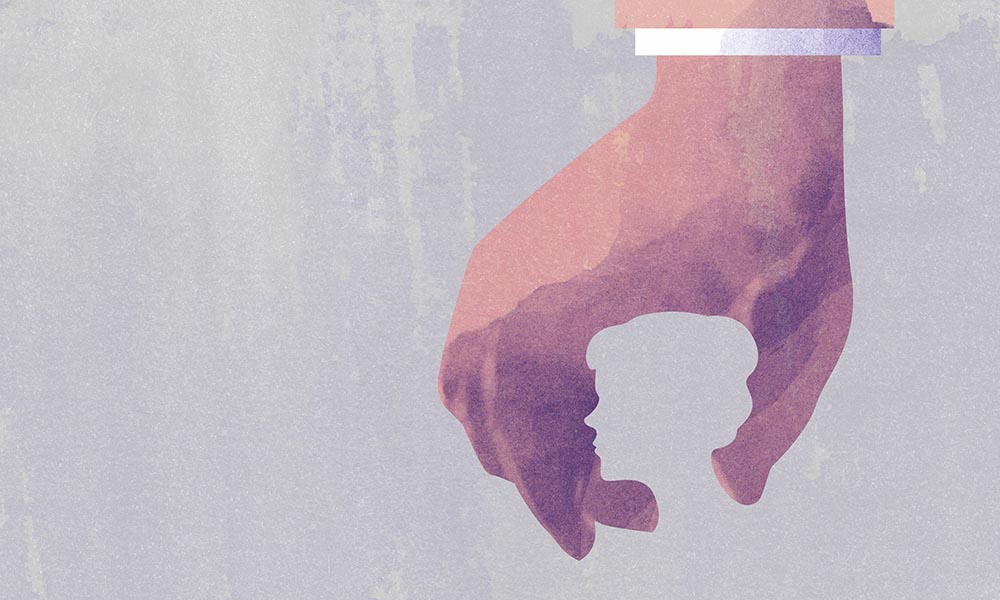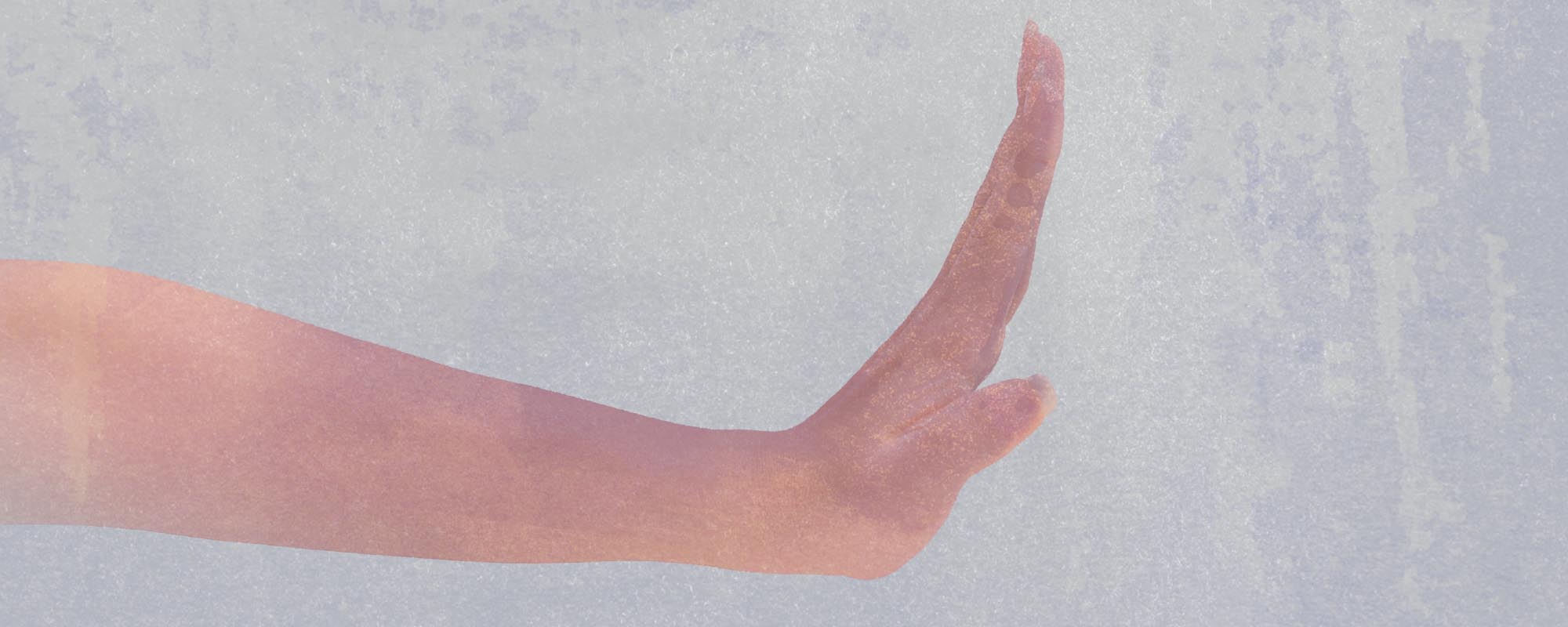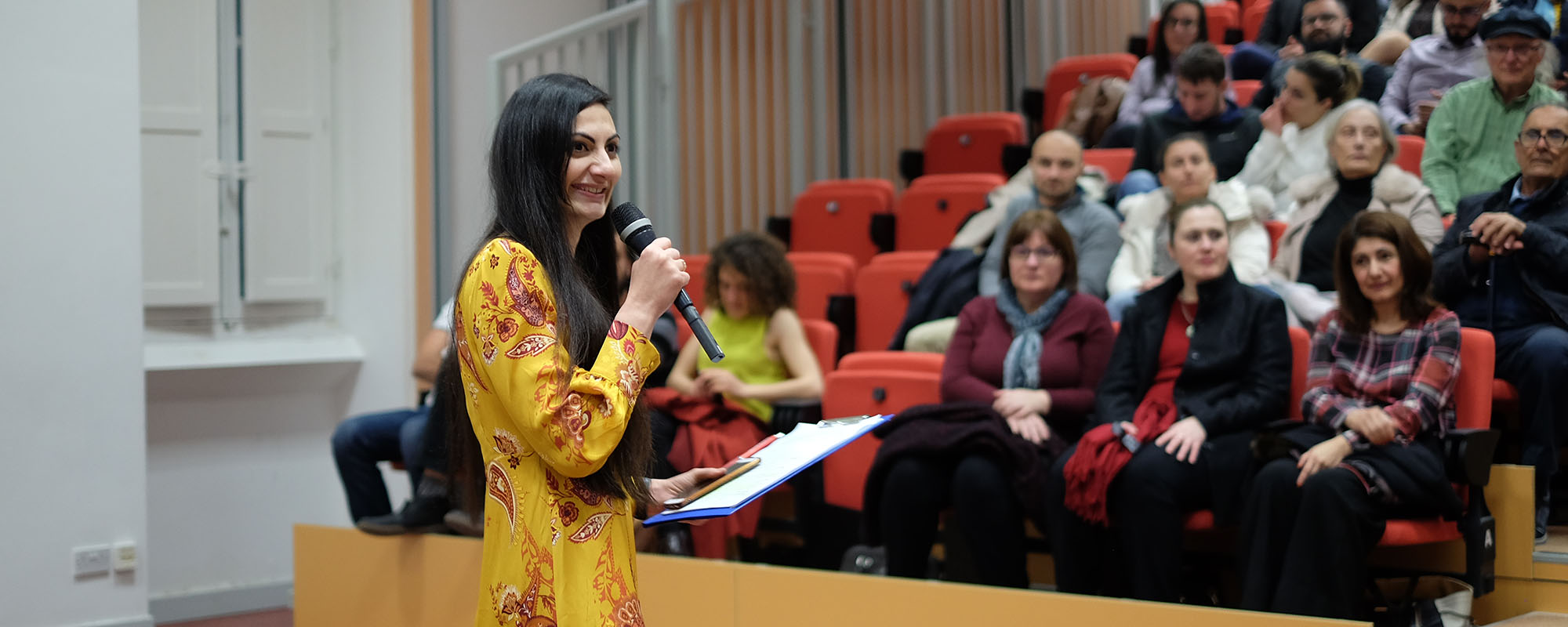You can have all the role models in the world. You can enjoy grants and empowerment seminars. Yet when a senior colleague you’ve always looked up to corners you, all you want is to run away, fast. Cassi Camilleri writes.
The heightened awareness around equality and representation has reached Science, Technology, Engineering, and Mathematics (STEM) fields. The global effort to recruit more women and girls into industries traditionally described as male-dominated is yielding results. In 2017, women outnumbered men in the Psychology, Pharmaceutical Science, and Biology undergraduate programmes at the University of Malta (UM). However, increasing the numbers of women is paving the way to a whole new, and yet despairingly old, battle. Many who brave becoming a minority in their profession report having to face numerous barriers. Sexual harassment is one of them.
Jennifer (not her real name) had big dreams when she first entered the field, and continues to uphold them, but it has not been easy. She didn’t see red flags in the ‘friendliness’ of a new project colleague, until he crossed boundaries. ‘I had a colleague who was much more established than I am, and every now and then he would make throwaway sexual comments. This was all supposedly in the spirit of “joking around”. But I think when you have a position of authority, you have to be even more careful about the comments you make. Your subordinates are not really in a position to make their discomfort known,’ she says. Reporting this behaviour is difficult in closely knit teams, like innovative startups, laboratories, or teams sharing grant funding.
Sexual Harassment Isolates
Jennifer felt all alone in this, but sexual harassment in the workplace is a known issue in Malta. According to research conducted by the NGOs Men Against Violence and the Women’s Rights Foundation, three out of every four female respondents reported experiences of sexual harassment in the workplace.
‘Many of respondents to our survey who had reported instances of sexual harassment said that they were silenced in some way, usually by being ignored, not taken seriously, but sometimes they were even demoted or threatened with dismissal,’ says Aleksander Dimitrijevic, founder and president of Men Against Violence. Internationally, the movement to expose STEM-specific patterns of sexual harassment became known as #MeTooSTEM. In 2018, the US’s National Academies of Sciences, Engineering, and Medicine (NASEM) published a damning report titled Sexual Harassment of Women: Climate, Culture, and Consequences in Academic Sciences, Engineering, and Medicine. The research showed that ‘[w]omen in STEM endure the highest rate of sexual harassment of any profession outside of the military.’ It also stated that ‘[n]early 50% of women in science, and 58% of women in academia, report experiencing sexual harassment, including 43% of female STEM graduate students.’
I think when you have a position of authority, you have to be even more careful about the comments you make. Your subordinates are not really in a position to make their discomfort known.
‘When my colleague found out that I was in a relationship with another woman, he started making comments about how attractive my partner was and how she couldn’t possibly be gay. As a member of the LGBTQ+ community, I found this very jarring,’ Jennifer tells. Just how many young women share her experience is not known, as local research is sparse, and looking for stories on social media was challenging because each unique testimony risks exposing the survivor.
The fight against sexual harassment needs institutional structures in place to handle such cases. The UM has been at the forefront of this since the early 1990s, according to Dr Maureen Cole (Faculty for Social Wellbeing), an advisor appointed to support the UM’s efforts to quash sexual harassment and help victims achieve resolution. ‘Thanks to the efforts of the Gender Issues Committee, the University of Malta has had a sexual harassment policy in place since 1994,’ she explains, noting that this preceded national legislation. ‘There were times when one of the [local] banks looked to us for guidance and advice in the late 90s. It was, and is, a clear commitment from the Rectorate to make sure people are protected. The University should be given some recognition for this. I feel that it is important to recognise good practice,’ Cole asserts. This openness is notable, as messages to human resources staff at other relevant institutions were left unanswered.
Are people like Jennifer using these services? Cole reports that the number of sexual harassment reports made at the UM per year average between one and two in an institution with 11,500 students and nearly 1,600 members of staff (latest published data). Cole admits, ‘It is a low number.’

Communities of silence
The fearful climate poisons the work environment. ‘It made me feel like it was no longer a professional environment, and it was isolating. I had to politely laugh off the comments because I didn’t want to damage a professional relationship I knew was important to my career. The sad thing is I know I’m not the only one, and it makes me feel guilty not speaking up when I hear there are others,’ says Jennifer.
Academia’s hierarchical structures lend themselves easily to abuse of power. The NASEM report revealed that ‘90% of women who report sexual misconduct experience retaliation.’ Malta’s small size and hugely connected networks makes this even more of a threat to those considering speaking up. Cole highlights this point in her lectures. ‘I say to my students, imagine if I were the harasser. I’m teaching you here at University. There were times when I was on the social work profession board. So you’re coming to apply for a warrant, and I’m sitting on the same board. I’m an advisor to this person and that person. You can’t get rid of me. Because Malta is what it is. […] If you’re a lawyer, you’re going to be encountering these people. […] If you’re a medic, you’re going to be in the same hospital. I’m not saying people shouldn’t report, but I understand why they don’t.’
The sad thing is I know I’m not the only one, and it makes me feel guilty not speaking up when I hear there are others
‘On this occasion, the reports and comments made against my colleague were acknowledged by my team when I brought them forward, but it was difficult. I knew that I would still have to work closely with this person,’ says Jennifer. ‘Communities at this level are tiny and people bump into each other all the time. My network and my prospects could have suffered significantly if my other colleagues did not receive the complaints as well as they did. And I’m grateful for that.’ Finding a safe space feels more urgent than seeking justice. Sending an anonymous message to the popular Women for Women group feels more urgent than describing very personal encounters in a formal report.
The current reality is that when a report comes to the Sexual Harassment Advisors, anonymity cannot be afforded for very long. ‘We cannot investigate [a complaint] without seeing the other person’s side of the story according to the regulations,’ says Dr Gottfried Catania, also a sexual harassment advisor at the UM. ‘The other side has to be made aware of the accusation, Cole continues. ‘There will be a point where the accused will receive a report saying this person is making this report about your behaviour. And many times, even people who come very determined to take action do not go forward once they realise that.’
Speak up Malta
Dr Lara Dimitrijevic (Department of Gender Studies) has a lot to say about the shame surrounding sexual harassment, not only in STEM but in Malta as a whole. ‘We have a culture of dissuading people, silencing people. Malta has a very high percentage of the population that believe that women make up stories. I find this very shocking.’ According to data from the research quoted earlier, a third of all respondents believed that victims of sexual harassment were partly to blame due to the way they dressed or behaved. Victim-blaming is clearly still pervasive. ‘The reporting for sexual harassment to the National Commission for the Promotion of Equality has decreased from three cases in 2015, to zero in 2016, to zero in 2017, to just one in 2018. Does this mean sexual harassment isn’t happening in Malta? No. Of course not. It’s that people are not speaking out. While awareness is increasing, we feed into the victim blaming and we’re not addressing that at all.’
‘The only way to deal with sexual harassment at [the] workplace is for [a] company to take [a] pro-active approach: create policies and [a] clear reporting system, inform every new employee on their first day about it, have [the] policy printed and hanged on the walls of the offices, have HR department organise training, Aleksander Dimitrijevic suggests.
Innovation binds all STEM disciplines. Without fresh minds, innovation stops. We stop creating new solutions for the problems our societies continue to face. We owe it ourselves, to our communities, and to those taking the helm, to provide safe spaces and break the silence.
What does sexual harassment look like?
According to the Code of Practice compiled by the Maltese National Commission for the Promotion of Equality for Men and Women (NCPE), sexual harassment at the workplace is defined as ‘unwelcome sexual conduct’ and is unlawful under the Equality for Men and Women Act, 2003 (Cap 456) and under The Employment and Industrial Relations Act, 2002 (Cap 452).
Sexual harassment may take many different forms and can involve:
- unwelcome physical contact such as touching, hugging, or kissing;
- staring or leering; suggestive comments or jokes;
- unwanted invitations to go out on dates or requests for sexual interaction;
- intrusive questions about an employee’s private life or body; unnecessary familiarity;
- insults or taunts based on your sex;
- sexually explicit emails or messages;
- sexually explicit pictures, screen savers or posters;
- behaviour which would also be an offence under the criminal law, such as physical sexual assault, indecent exposure, and obscene or pornographic communications.
Sexual harassment procedures at UM
The procedures to deal with sexual harassment at UM start when the sexual harassment advisors meet the person reporting sexual harassment to listen to their account of the incident/s. From here, the advisors provide information on other support services available at the university and nationally, and offer referrals as needed.
The next stage is making a decision about the action to take. The informal route involves a written agreement signed by the complainant and the alleged harasser as a form of assurance that the behaviour is not repeated. The formal route involves a report being made to the police and potential disciplinary action being taken.





